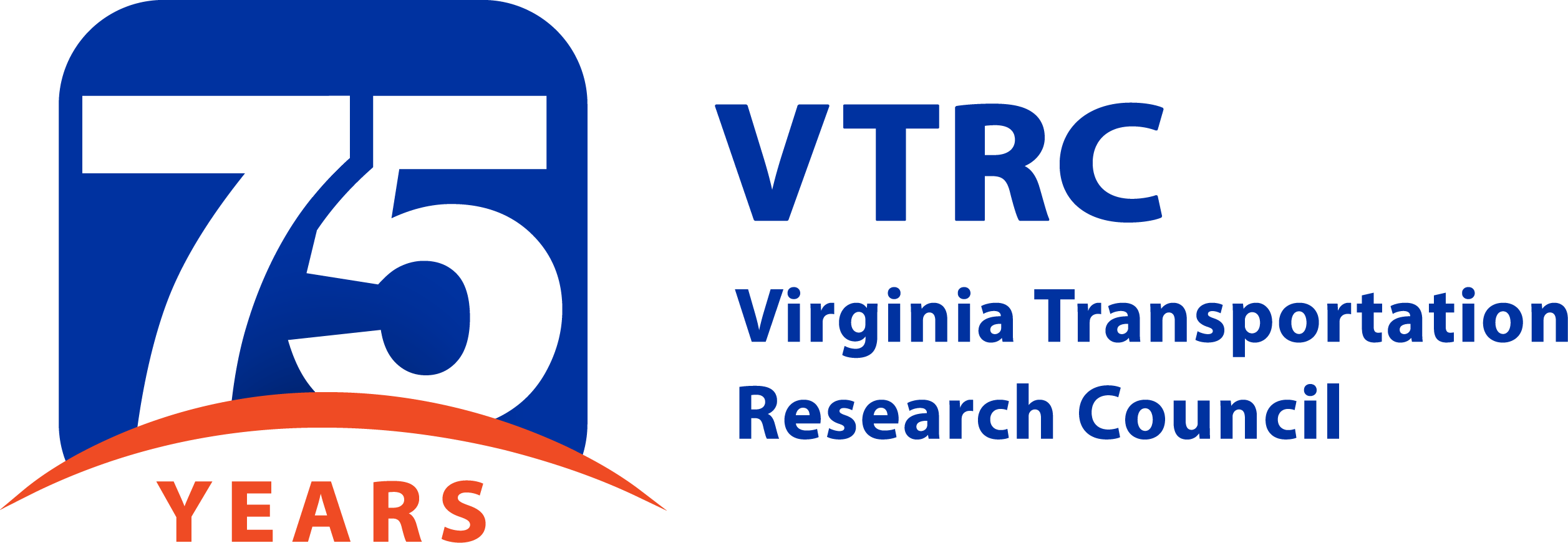Identifying and Quantifying Microplastics Generated from the Roadway Environment: Method Development and Preliminary Field Monitoring
Investigators: James A. Smith, Nkosinobubelo Ndebele, Lewis N. Lloyd, P.E.
Natural and Nature-Based Solutions Pilot Project
Investigators: Alice McKee, ICF Incorporated, L.L.C., Kendal Walus, P.E.
Comprehensive Drainage and Material Characterization
Investigators: WSP
Characterizing and Understanding Historical Flood-related Road Closures
Investigators: Dewberry Engineers, Inc., Martin Krebs (VDOT), Lewis N. Lloyd, P.E.
Evaluating the Feasibility and Benefit on Impervious Layer Inclusion Above Ground Water Table (GWT)
Investigators: Dr. Burak F. Tanyu, George Mason University
Development of Methodology to Address Impact of Softened Unbound Layers Due to Flooding/Precipitation/Storm Surge
Investigators: Shahab Shirazi, Applied Research Associates, Inc., M. Shabbir Hossain, Ph.D., P.E.


